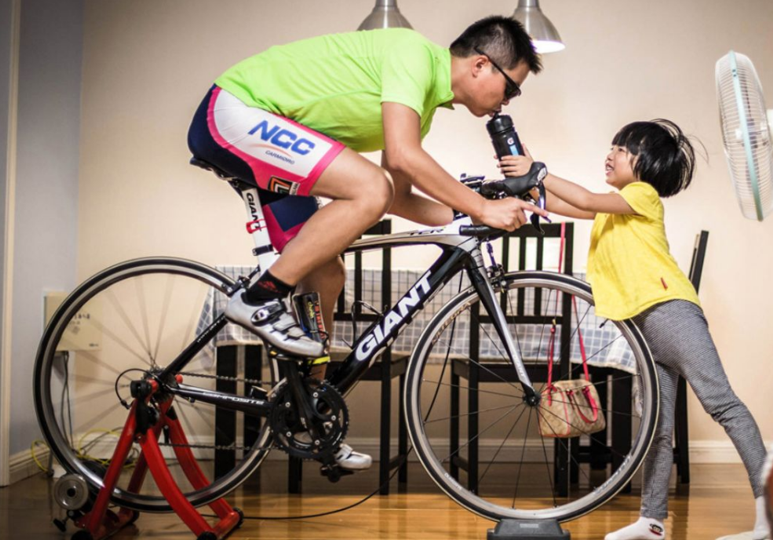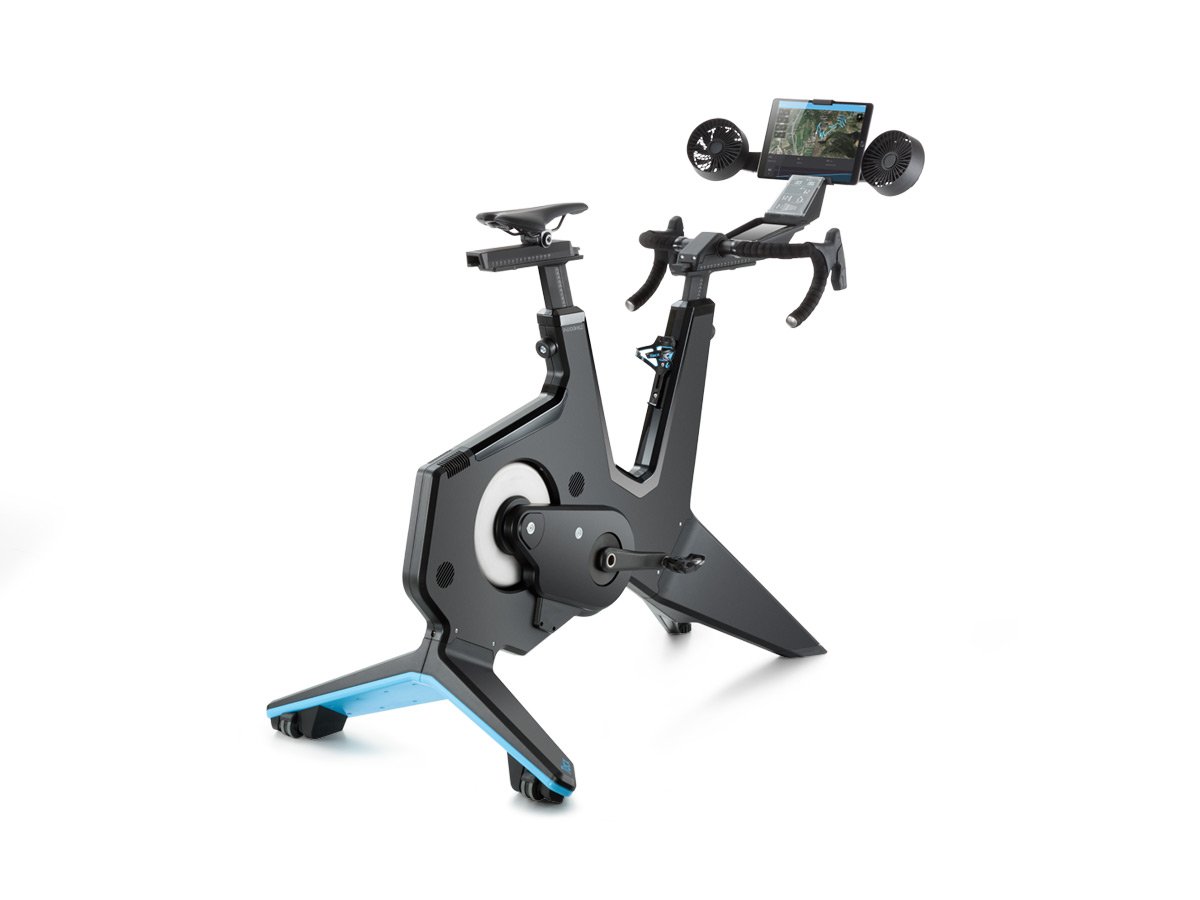
Things You Must Know about Bike Trainers
With the current pandemic, many road races and cycling events have been cancelled. Everyone knows that exercising can help improve immunity. Sports where people are gathered will increase risk, so home workouts have become a good alternative. Compared to running, riding a bike takes more time in the preparation and training process. Therefore, the bike trainer is presumably a partner that many serious riders both love and hate.
Is it True that the Bike Trainer Damages the Bike?
Before buying a bike trainer, one of the most important question is whether the bike trainer will damage their beloved bike. Many people think this is nonsense, but there are also some people who believe that the fixed bike trainer will exert stress beyond those of normal riding on the frame, and over time, this will cause the frame to be “not as sturdy” or even damage it. So, what is the conclusion?
Actually, the claims that the bike trainer will cause damage to the bicycle did not come from the word of mouth among cyclists. These are also noted on the maintenance statements of the different major brands. For example, the brands such as Specialized and Trek clearly defined in the maintenance specifications that damage caused by the bike trainer on carbon bike frames is not covered by the warranty. In response to this problem, Zwift also summarizes the relevant warranty specifications of the major brands regarding bike trainers on the website.
Extended Reading: Is Trainer Use Covered by Your Warranty?
However, there’s no need to worry that much. The Cycling tips website has interviewed various brands regarding this issue. Compared to the overuse of the bicycle frame during the process, they are more worried about the damage to the bicycle during the disassembly and assembly of the bike trainer. Manufacturers believe that improper installation (such as leaving it too loose, too tight, not using the correct quick release method, etc.) may cause the bicycle to be damaged by unknown external forces.
To sum up, it is almost certain that as long as the bike trainer is used correctly, the damage caused on the bike trainer is basically negligible. Instead, what we need to pay more attention to is that sweat may cause damage to the metal components of the bike trainer. The sweat accumulated indoors is more likely to accumulate on the bicycle and cause corrosion. Of course, the risk can be minimized through wiping and maintaining the bike. If you still have doubts, choose an old road bike! You’ll feel less pain while riding it.
What I Should Pay Attention to When Training on the Bike Trainer
Generally, the most common bike trainers on the market are mainly divided into three types: roller, friction, and direct-drive.
As the name implies, the roller trainer is a trainer where the bike is placed atop a set of rollers. This set of rollers acts as a “treadmill”; friction trainer is very commonly seen. The rear wheel is placed on a stand, and resistance is then given to the tires. The newly emerging direct-drive trainer does not need to use the rear wheel as a unit of driving resistance. It also has a lower wear on the outer tubes. The rear wheels are removed and the frame is directly connected to the trainer, where the bicycle is directly driven through a chain.

Roller Trainer
Among them, the roller trainer can be used at any venue without having to dismantle the bicycle. Hence it is very popular among the track cycling cyclists and is often used as a way to warm up before the race. You need to maintain balance when riding the roller trainer. It can simulate real road conditions well, and you can also practice feeding and riding out of the saddle. However, using the roller trainer requires some practice and adaptation. You’ll fall easily if you make a mistake. So for novices, it’s not as user-friendly.

The bicycles on the other two bike trainers are fixed, basically similar to the flywheels we ride in the gym. There is no need to worry about balance. Hence for novices, these are more user-friendly.
Friction Trainer
The friction trainer is the most common. Its biggest advantage is that it’s cheap and there are many choices.

Direct-drive Trainer
The direct-drive trainer uses the chain as a source of resistance. Hence, in comparison, there’re relatively less noise and vibration.

It doesn’t matter which bike trainer you choose. They all have an important factor that also affects riding: the moment of inertia. On actual roads, due to inertia, we would feel that it’s particularly easy to pedal. Even if we don’t step on the pedal, the bike will continue to move forward.
The moment of inertia of the bike trainer can be understood as the ability to simulate inertia under real road conditions. The larger the moment of inertia, the stronger the simulated inertia. This means it is closer to the actual feeling of riding a bike. On the contrary, if there is a lack of inertia, a problem of “one foot deep and one foot shallow” is easily produced. Hence, major brands have added heavier, larger-diameter inertia wheels to the bike trainer in order to increase the moment of inertia. In addition to the original inertia wheels of the bike trainers, some users will also prepare heavier wheels and outer tubes to increase the moment of inertia. This is especially for the use on the bike trainers to more closely simulate the feel on the actual roads.
In the era of power training today, it is a big trend for the bike trainer to be equipped with a power meter function. Even if the power meter is already installed on the bicycle, we still recommend buying a power bike trainer where you can change the resistance. The main reason is because with the combination of the intelligent variable resistance function and training software (such as Zwift), you can simulate the real resistance more effectively, and you’ll have a more effective and powerful training.






